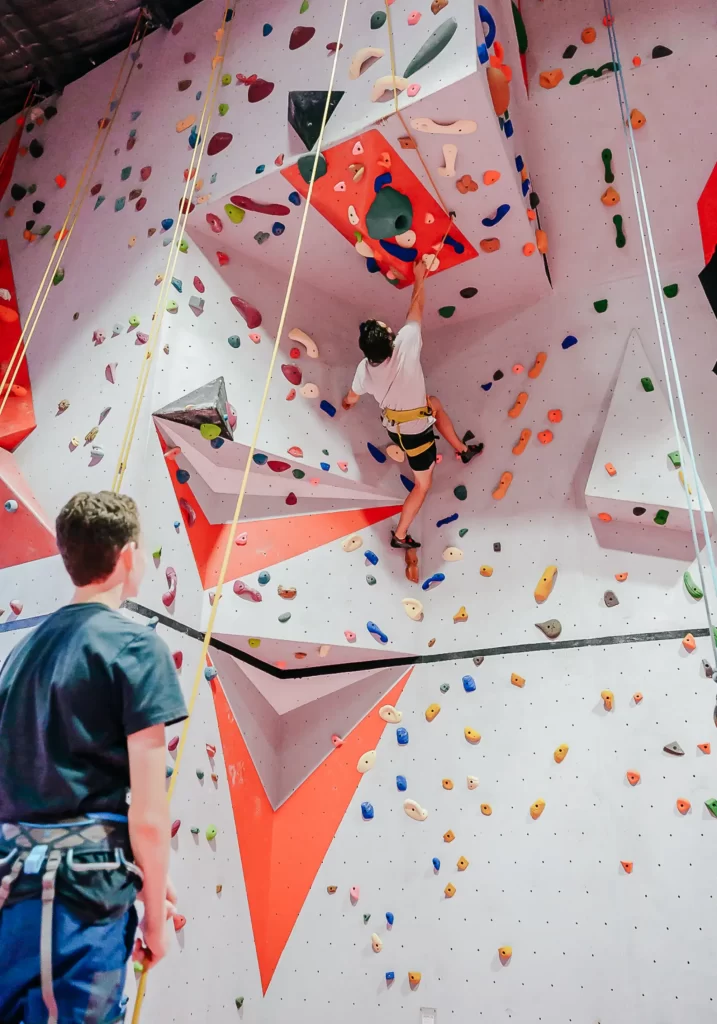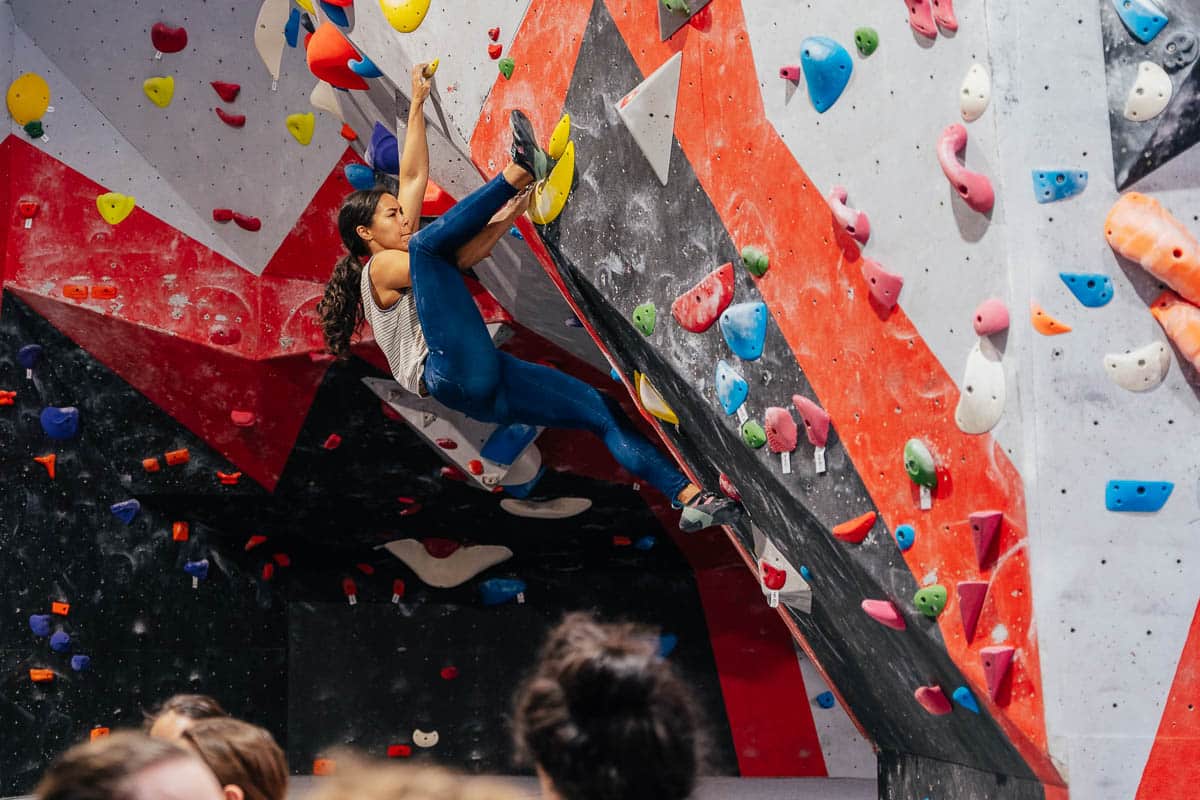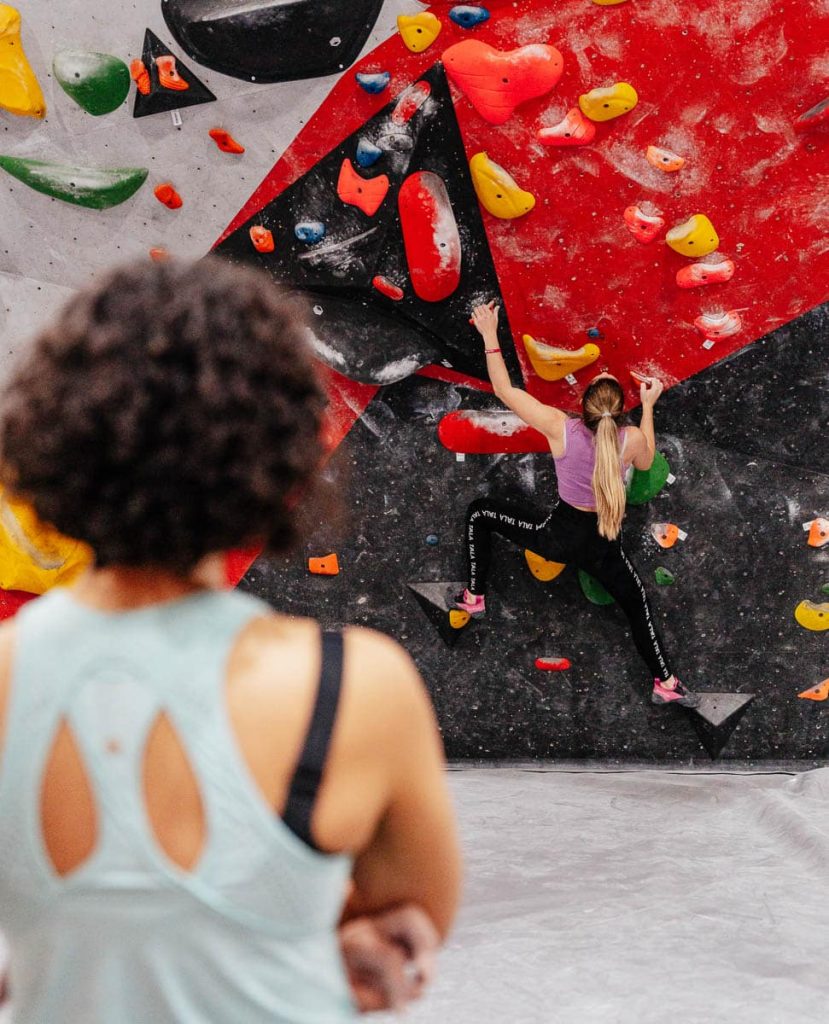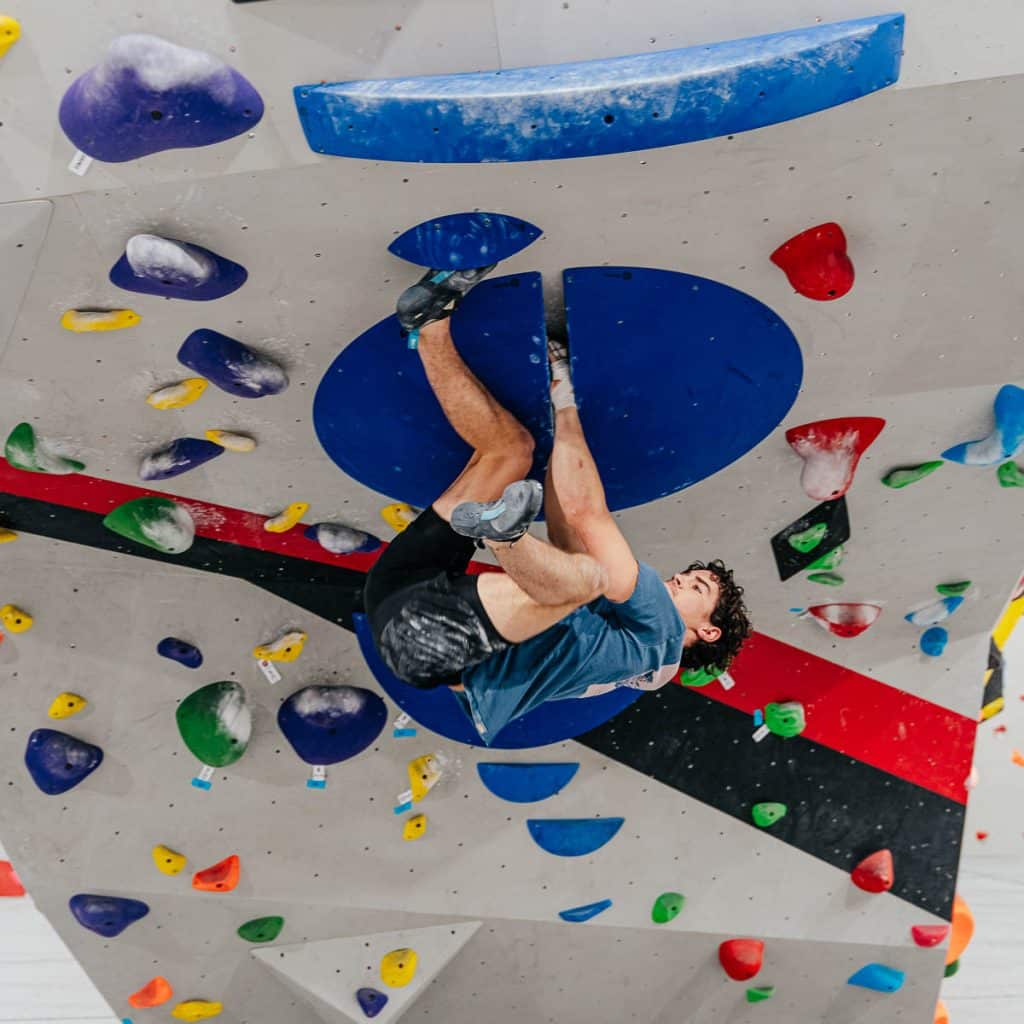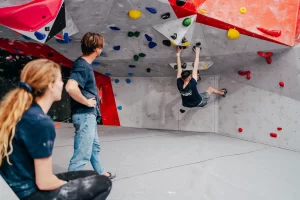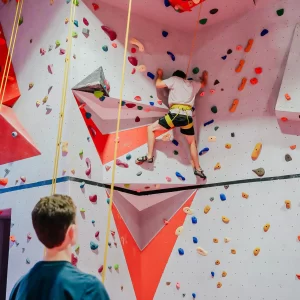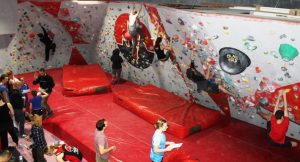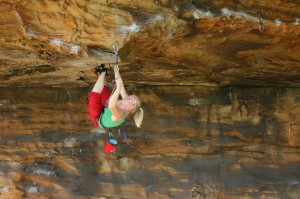Pulse at altitude
After discussing an upcoming trip to Peru with local doctor, Richard Lawrence, I decided to to turn his incredibly informative response into a blog post. Hopefully it helps any Pulse climbers in planning their next adventure.
Big thanks to Richard for all his help.
Most lowlanders have some symptoms of AMS (headache, nausea/vomiting, fatigue, anorexia (loss of appetite) and sleep disturbance) at some time when they go above 4500m, which is nature’s way of telling you to slow down and have a nice rest day, or your body’s adaption to low oxygen may either drown you (high altitude pulmonary oedema – HAPE),or blow up your brain (high altitude cerebral oedema – HACE). There’s little problem with pushing as high as possible during the day, provided you are ALWAYS able to get back down to a safe sleeping altitude – which is harder than it sounds, because the AMS-associated fatigue often gets worse despite the descent (ie climb high, sleep low). Add weather, cold, UV, dodgy food & water, wildlife (human/native and otherwise), rockfall, glaciers and paucity of support & evac., and you can begin to see why slow and gentle is safe and good – at least until you get acclimatised. This ain’t NZ.
Fitness and drive do not overcome the pathophysiology of severe AMS, and can lead to to situations where more than one member of a team is sick, may have impaired judgment and is essentially immobilised in situations where they can’t execute the one imperative treatment of the potentially lethal complications of AMS (HAPE & HACE) which is to do the equivalent of descending at least 500m as rapidly as possible. If one has oxygen and a portable compression chamber (Gamow or CERTEC bag) it is possible to start this process at altitude, but it is not feasible to maintain for more than a few hours, after which descent is still needed. Acetazolomide, dexamethasone, nifedipine, Gamow bags (& Viagra!) may all be useful, but don’t save many lives, once HAPE or HACE is established.
Since an individual’s sensitivity to (and triggers for) developing HAPE or HACE are not predictable (other than by finding out the hard way), the best way to avoid dying of a preventable complication of AMS is to stop the progression from mild to severe AMS, since this almost always precedes HAPE or HACE by at least a few hours. This means preventing, recognising and treating AMS before it gets severe, of which prevention by appropriately slow acclimatisation is by far the least likely to stuff up a climbing trip.
Acclimatisation is the key preventive strategy for AMS, with acetazolamide prophylaxis, analgesics (painkillers such as paracetamol, codeine, aspirin & NSAIDs), antiemetics (eg metoclopramide), non-depressant sedatives (eg zolpidem) and avoidance/treatment of compounding factors (such as diarrhoea, allergies, asthma, respiratory & skin infections, alcohol etc.) being mainly useful for reducing the duration & severity of discomfort and disability. If you know you are going to get AMS (and most will get at least some of the symptoms above 4000m), you can take prophylactic acetazolomide (250mg ie 2x125mg bd), though this will make any carbonated drinks (including beer) taste foul, and may cause increased urination and tingling in hands, feet & lips – and (occasionally) cramps due to changes in calcium ionisation.
The current suggested standard for initial acclimatisation (ie lowest risk of experiencing disabling AMS) is: Above 3000 m (1) average height gain of no more than 300m from one sleep to the next, AND (2) a rest day (ie sleep at the same height for 2 sleeps) every 1000m or three days. Using this formula, it should take 13 days (10 ascent days, 3 rest days) to get from Huaraz (3200m) to the 5900m of your first peak attempt. In my experience, this can be compressed, but at potential cost in comfort, risk and potential climbing time.
In our SURMC Nepal trip, 7 of us went from Kathmandu (1300m) to Pokhalde BC (5400m +/- 406m in 4 hrs for the peak and back) in 10 days (2 rest days), but all ended up taking acetazolomide for symptomatic AMS (I didn’t, as I was on it from KTM, since I first had AMS after sleeping at ~3700m in the ‘schrund below the S peak of Cook in 1981). Three others on the trip had walked from Jiri (1900m) to Namche (3570m) over 5 days before joining us, in an attempt to acclimatise; all 3 had symptomatic AMS and ended up on acetazolomide by day 12 of the trip. By the end of the climbing part of the trip (day 21), everybody was on acetazolomide, two had symptomatic pneumonia requiring antibiotics, and everyone was pretty exhausted. We got everyone up Pokhalde (5806m, day 10 from KTM), 9/10 up Lobuche East (6000m, day 14), and 4/9 up Nirekha (6115m, day 17), with 2 electing not to go to the advanced camp at 5500m, and 3 descending after spending the night there.
As far as adding to Vanessa’s advice for a med kit goes, I have a few suggestions. I would add two antibiotics: clindamycin capsules and roxithromycin tablets. The clindamycin is effective against most Staph. skin infections (which Augmentin is not), and the roxithromycin is used in combination with Augmentin for pneumonia. The other drug which may be useful is zolpidem, which is a non-benzodiazepine (and therefore does not cause respiratory suppression, which potentiates AMS) that can be useful for the sleep disturbance of AMS (watch out for sleep walking though). I can do you scripts for these meds, and they are relatively cheap. Sildenafil (Viagra) is very effective for HAPE, and increases high altitude respiratory performance by reducing pulmonary artery pressure , but costs $80 for four 50mg tabs. Your med kit also needs to have steristrips, semiocclusive dressings, sterilisable scissors and forceps, plenty of tape, at least two wide compression bandages (for improvising splints), in addition to as much paracetamol/codeine, immodium/gastrostop, NSAID and sugar/salt mix as you can carry.
Acclimatisation (which is best measured as the absence of AMS despite sleeping higher) also has it’s limits: it doesn’t really start until one is above 2500m, it starts to fail above ~5500-6000m (meaning that no matter how long you spend there or above, you will never adapt adequately) and any sustained effect seems to vanish within a week of returning to below 2500m – in which case you have to go through the whole process again. All time spent >5000m takes it’s toll, even on those chronically adapted – which is why the highest permanent habitations are below that, and most very high-altitude base camps (even the research and military ones on the China-India frontier) rotate their personnel down after no more than a month.
There are several standard reference books & reviews on high altitude medicine, and I’ve synthesised my knowledge of the pathology (which is fascinating) into several talks that I’ve given to both medical and climbing audiences. I can lend you a pocket edition of Andy Pollard’s High Altitude Medicine Handbook (though it’s now a bit dated, being published in 1996!), which is as good a basic text as any.
Thanks again Richard!
PG

